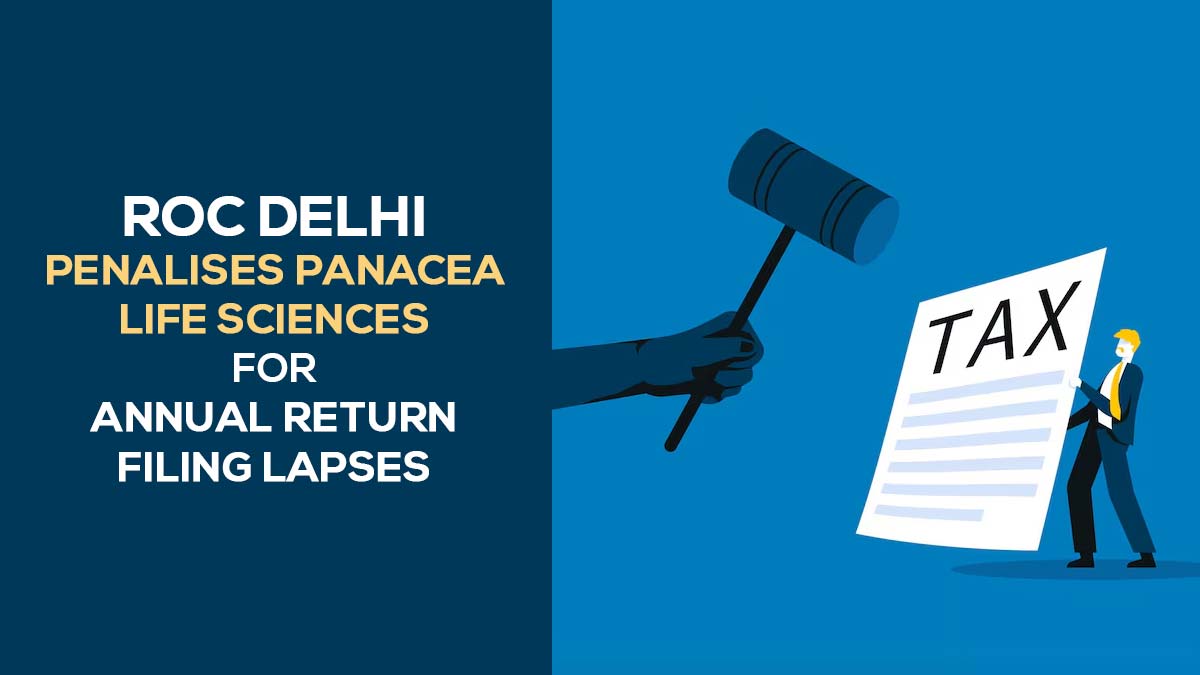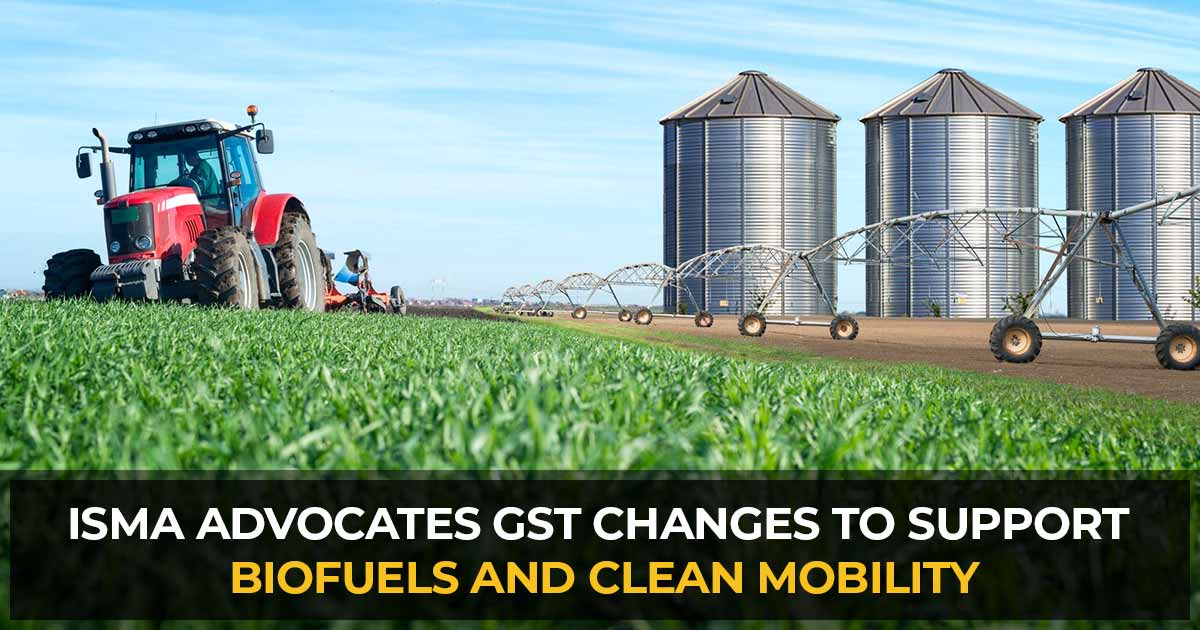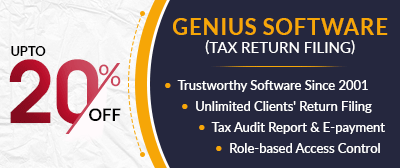
There is a tax levied on the severance pay proposed to the laid-off employees, and certain options would be made for them to claim the income tax exemptions/relief. The below-mentioned options are available for those employees who are finding tax exemptions on severance payments under the income tax rules.
Retrenchment Tax Exemption Under Section 10(10B) for Employees
Under the Industrial Dispute Act, 1947 when the employee obtains any compensation during retrenchment time these employees might claim for the exemption under Section 10(10B) of the IT Act. But, the exemption is restricted to lower of the subsequent amounts:
- a) Actual amount obtained
- b) The amount computed as per the provisions of Section 25F(b) of the Industrial Disputes Act, 1947 identical to 15 days average pay for each completed year of service or part after that in excess of 6 months.
- c) Amount prescribed via the Central Government, i.e. Rs 5,00,000
In the case of compensation that exceeds the aforementioned threshold limit, the employee would be eligible for relief from income tax under Section 89 of the Income Tax Act, 1961 against a tax based on his or her salary.
But there would a case where the mentioned limit shall not be applicable.
According to Section 10(10B), if the employee receives compensation under a scheme approved by the Central Government, special protection is granted to the workers in the undertaking that such scheme is applied to, and other relevant circumstances exist, approval in this regard would allow the entire amount received to be tax-exempt and the aforementioned limits would not apply.
Claim Tax Exemption for Compensation Under VRS
Tax exemption could be claimed by the tax expert when he or she obtains the compensation beneath the voluntary retirement scheme (VRS).
Below mentioned conditions are applicable for the exemption in relation to such severance pay:
- a) An employee should belong under the prescribed categories of employers like Public sector company, any authority established beneath Central, State, or Provisional Act, Central or State Government, and others.
- b) Rs 5 lakh is the amount exemption limit, if the amount is less or exceeds the limit then the same amount shall be levied to tax.
- c) Under Rule 2BA of the Income Tax Rules, 1962 the employee must lie within the range of mentioned rules as prescribed below:
- Completion of 10 years of service or completion of 40 years of age of the employee (the same condition does not be applied to the severance pay or compensation which the employee obtained belonging from the public sector company due to any Voluntary separation)
- It is applied to all the employees along with the workers and executives working under the company or head of a cooperative society, as per the case, excluding directors of a company or of a cooperative society.
- The voluntary retirement scheme would have been taken for the outcome of the complete reduction in the current employee’s strength.
- No filling up the vacancy that has been driven via voluntary retirement.
- A retiring employee of the company will not get employed in the other organization or with any related company that has a similar kind of management.
- The amount obtained on the basis of the voluntary retirement of the employee is less than the amount identical to the 3 months’ salary for every completed year of the service or the salary during the retirement multiplied by the balance months of the service left before his retirement date on superannuation.
An employee could not claim deduction u/s 10(10C) of the Income Tax Act if he or she is claiming relief under Section 89 of the Act.
Tax Relief U/S 89 on the Salary Obtained in Arrears
On the obtained salary in arrears, the employees could claim relief under section 89 of the IT act read with rule 21A of the income tax rules, 1962. Under section 89, the specified condition to claim for the relief is that the employee must be furnished with continuous service for min 3 years and the unexpired portion of the employment term of these employees must not be lower than 3 years.










I was terminated due to business remodelling but was paid a compensation of 5lakh in 3 installements like 3+1+1 the way i demanded can i claim it under section 10 10(b) and since the old company has not given my form16 as well and they are not reciving my calls as well can i use the payslips which mentions compensation and exit letter mentioning termination due to business restructing ??
Company within a day provides separation agreement & settles the severance pay & FnF basis of 1 month pay multiplied by total years of service. Tax is deducted 30% quite huge and no rebate on it. Need your advice for 2 things:
1. What document can company provide to save the tax, whether layoff letter/VRS, that shouldn’t impact to get job elsewhere?
2. Can we demand 3 months multiple by total years of service instead of 1 month? as balance service left is also not considered, which is around 13 years.
“(1) severance pay, taxes are often deducted at source based on the applicable tax laws, there’s typically no direct “rebate” or immediate tax relief unless specific conditions are met.
(2) you can attempt to negotiate for a higher severance (e.g., 3 months’ salary instead of 1), there’s typically no legal basis for demanding this unless it is part of company policy or your contract specifically provides for such a payout. Your best strategy would be to discuss the matter with HR or management.”
Can an assesse paying tax under new tax regime (115BAC) claim exemption u/s 10(10)b?
Yes, assessee can claim exemption u/s 10(10)b while paying tax under new tax regime (115BAC).
I was informed that I am laid off and company gave me 3 months notice for transition and other formalities. Does the 3 months salary can be considered as “Retrenchment Tax Exemption Under Section 10(10B) for Employees”
Retrenchment tax exemption under section 10(10B) includes-
Amount of retrenchment compensation INR 500000 amount equal to 15 days average pay for each completed year of the service or part thereof more than 6 months Whichever is least
Dear Sir/Ma’am,
Can “Retrenchment Tax Exemption Under Section 10(10B)” and “Tax Relief U/S 89 on the Salary Obtained in Arrears” both be claimed together in a single financial year ? I was actually layed-off at the starting of this year, so I want to understand can we claim both exemptions together or not ?
You can claim both exemption together.
Sir/Madam
Amount received on retreachment of employment in the form of following are taxable or not :
1. Severance pay
2. Ex Gratia
“1. Severance payment received by an employee from the employer is taxable as salary under the provision of Section 17(3) of the Act. Severance pay would not attract taxes if s/he has been laid off under any voluntary retirement scheme.
2. Ex gratia payment made by the employer without any legal obligation is not taxable.”
I recd Ex-gratia by my employer for terminating me from job, and in form 16 which i got from them it is mentioned in total taxable income, so should i pay tax on it or not?